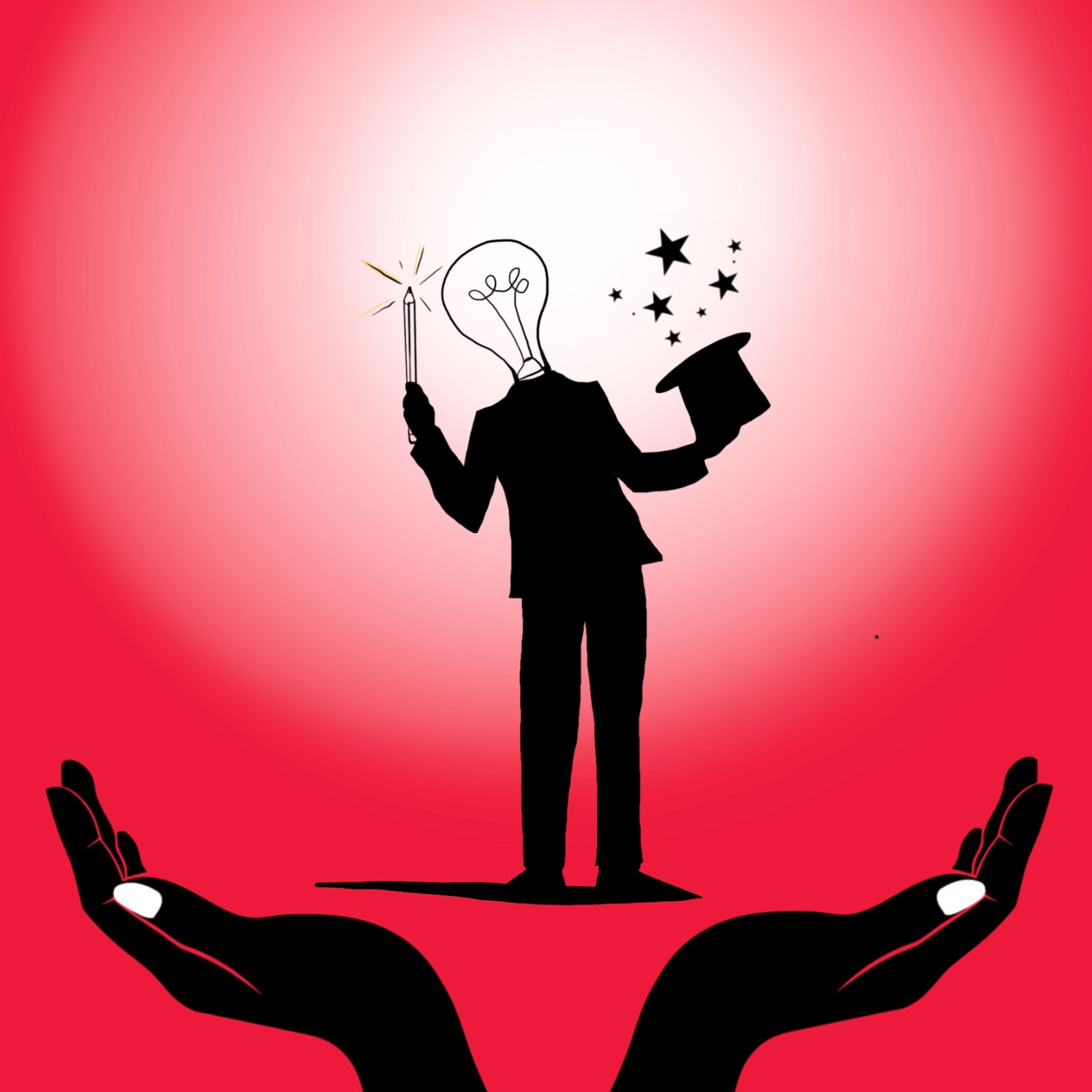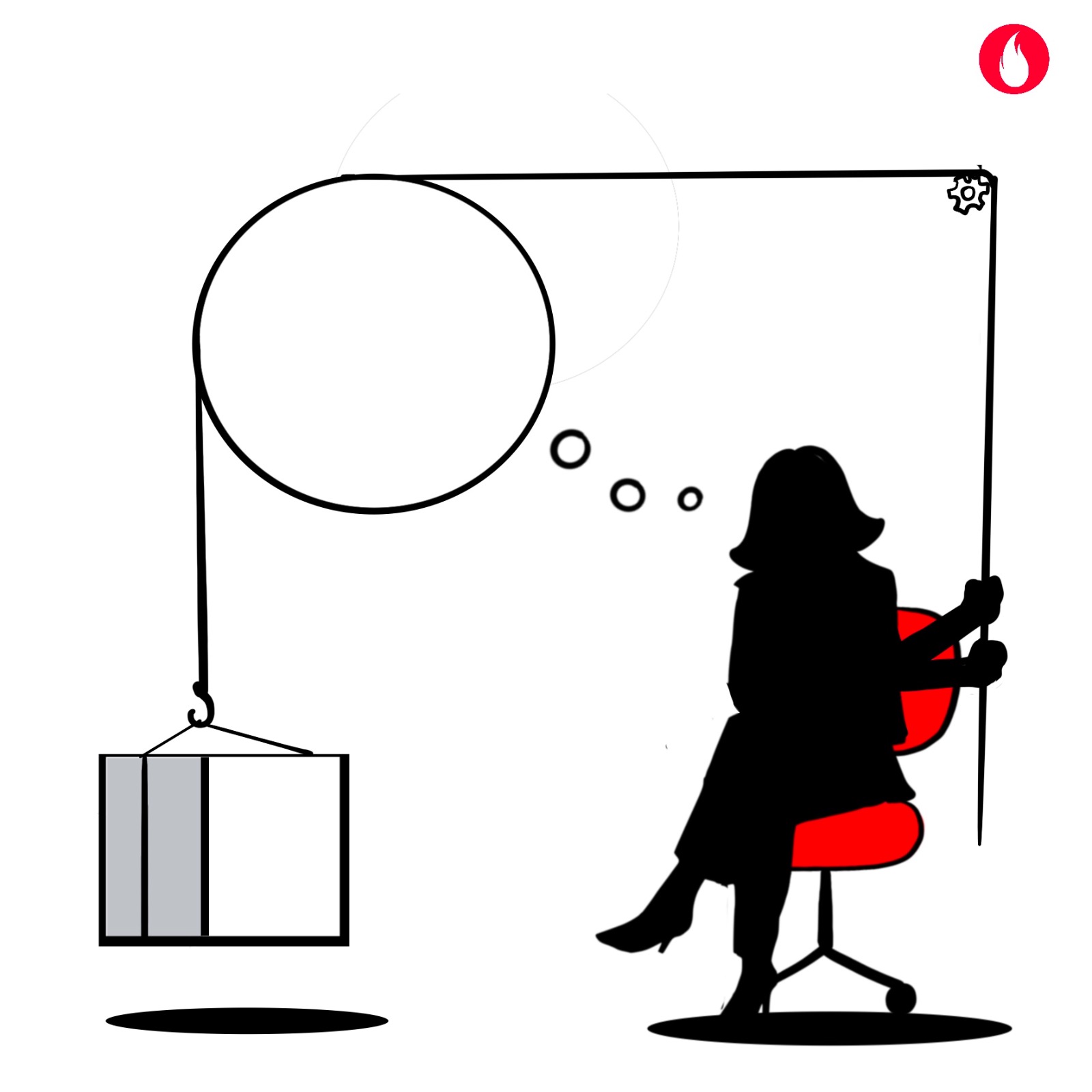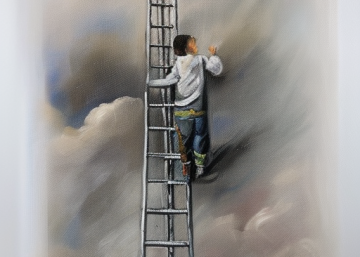If i had to start a shoe store, even one online, i would first have at least a few pairs of shoes in my stock. Wouldn’t you? The world’s largest online store for shoes started without a single stock or inventory of shoes! Yes, Zappos used the principle of Build-Measure-learn (a principle of lean methodology) to build their online business. In this edition of the Agile OWL, let’s explore how we can reduce uncertainty and improve outcomes by using the build-measure-learn loop.
Reducing uncertainty
Uncertainty and doubt are omnipresent or rather should be claim scientists and philosophers alike.
“The very foundation of science is to keep the door open to doubt.”
– Carlo Rovelli a scientist.
“Doubt is an uncomfortable condition, but certainty is a ridiculous one”.
– Voltaire the 18th century philosopher.
The one that stays with me is a quote by Tony Schwartz the CEO of the Energy Project. Where he urges us to ‘Let go of Certainty’
He goes on to say ” The opposite of certainty is not uncertainty. It is openness, curiosity, and a willingness to embrace paradox, rather than choose … sides. The ultimate challenge is to accept things and ourselves exactly as we are, but never stop trying to learn and grow.”
Tony Schwartz the CEO of the Energy Project
In a complex and dynamic world that we live in currently, wishing away uncertainty is pointless. Rather looking to reduce uncertainty as we work is a better goal to have. Agile and Lean methodologies help leaders and teams achieve exactly that through experiments and the Build-measure-learn cycle.
Build-Measure-Learn Cycle
An ex-colleague of mine had a product idea which would solve a specific problem of internships in colleges. The problem? Students struggle to get internships and companies struggle to hire the right interns. Very excited to have found a true business need, he quit his job to devote more time to this business idea. In 12 months, he had designed the entire solution, written the code and had a final product ready!
He showed demo’s of the solution to colleges, but they were dis-interested. He decided to try ground up and invite students and companies to sign up directly, again finding lesser traction. While the feedback he was getting at this point was useful in modifying the product further. There was a catch. Unfortunately, he was out of funds and had to find employment quickly to make ends meet. He abandoned the venture.
In hindsight, he had not used the build measure-learn cycle.

In hindsight, measuring and understanding feedback early on would have helped him make the necessary changes upfront. While going all-in brings great energy and drive to leaders and teams. Taking initial tentative curious but meaningful steps to learn and experiment saves organisations from costly mistakes.
Experiment cycle
Experimentation is at the heart of the culture and capacity building work we do with organisations globally. When looked at closely, the experimentation cycle the experimentation cycle mirrors the build-measure-learn approach. Experimentation involves framing a hypothesis – Building a prototype and generating feedback. It fits the build-measure-learn cycle perfectly. Offering clues for organisations and leaders on how to implement the build-measure-learn cycle.

Ideas to implement build-measure-learn cycle
So, what can you as a business leader do to implement the build-measure-learn cycle in your team’s ways of working? Here are two ideas to get started:
1. Possibility Thinking
When you have an idea on how a particular project/problem can be solved – Offer it as a possibility. Even better frame your idea as a hypothesis which can be tested. Hold the idea lightly. An accomplished HR head once told me- “Allow the idea to stand on its own merit and not because of who is supporting it”
2. Look for questions to answer
Another way to is to frame as a question – what do you need to learn about the project (that will help you choose better)? Then think of the least resource intensive way to start learning / measuring it in phases or sprints.

Agile stories
Now for the Zappos story we spoke of at the beginning. The founders of Zappos in 1999 opened an online store for shoes. Interestingly Zappos at that time did not manufacture or even sell shoes. The founders believed there was an untapped online market for shoes.
So they created a prototype website, and uploaded pics of shoes clicked from retail shops. They launched the prototype website and tracked buyer interest and orders. When the orders came in the founders went to the retail shops and bought the shoes and had them delivered!
The build-Measure-Learn cycle in action!
They wanted to learn if there was indeed a market for shoes online. They decided a good measure would be customer interest and final orders. Then they built a website prototype through which they could measure their criteria. Zappos continues to experiment its way to success even today.
How can you implement the build-measure-learn cycle in any aspect of your life? We invite you to consider it. To experiment with it.



